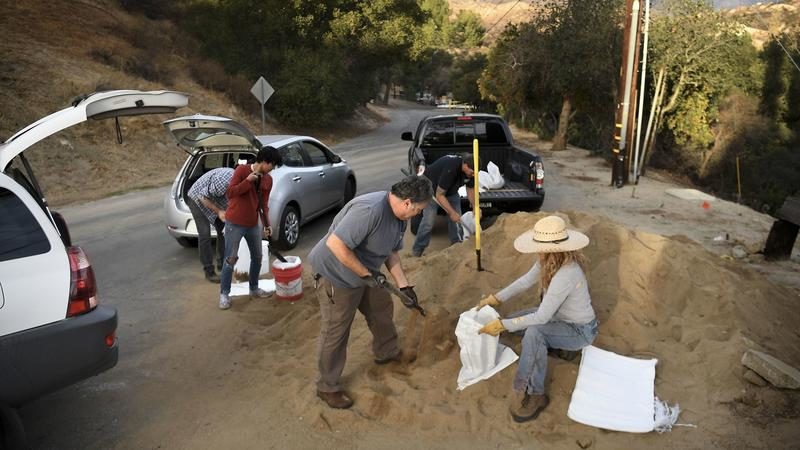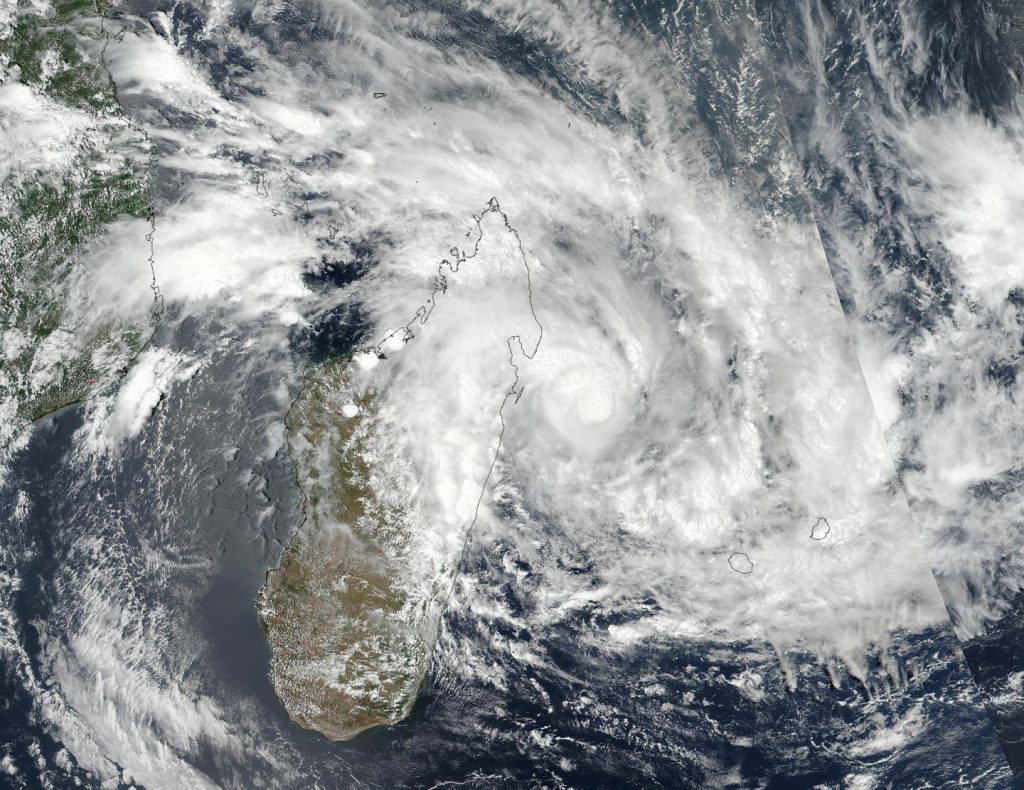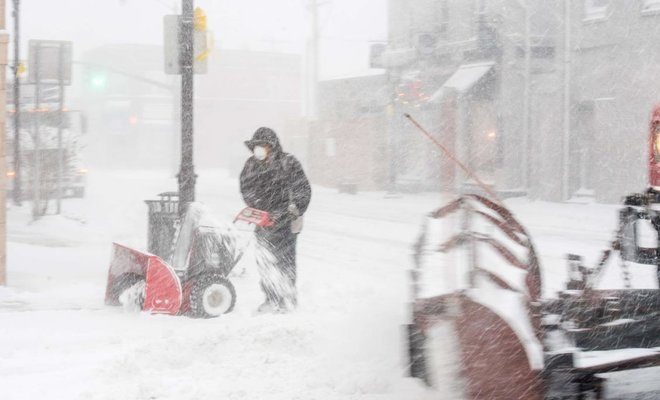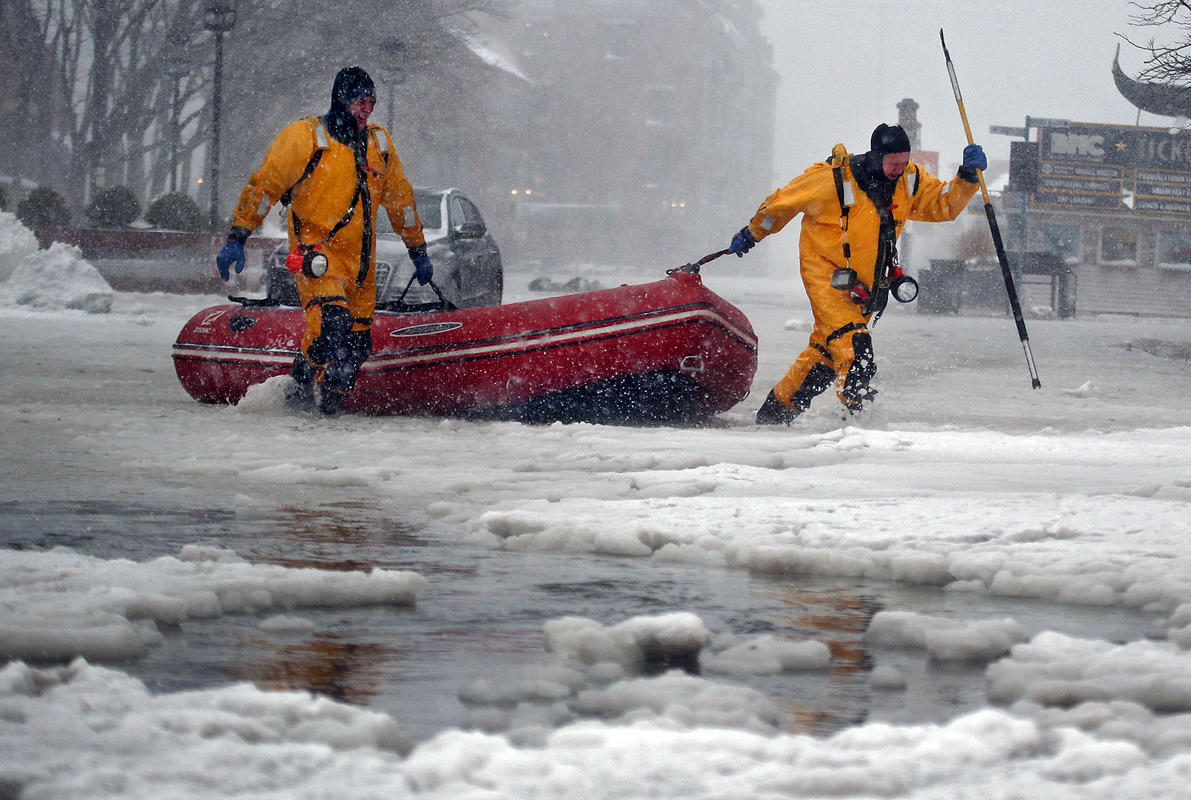OF THE
TIMES




The city's Climate Ready Boston report raised the possibility of building a sea wall, and City Councilor Lydia Edwards - whose district includes waterfront-heavy Charlestown, East Boston and the North End - said it's not a far-fetched idea.This record high tide is being attributed by some to the recent supermoon:
"Nothing is off the table in terms of what we need to look at," Edwards said, adding that a sea wall would be a "short-term" response compared to long-term efforts to reduce greenhouse gas consumption and slow global warming.
"I don't think we needed this (the storm) to say we need to look at this seriously; this is a continued reminder that we cannot kick the can - this is directly impacting us right now," said Edwards.
She is also supporting more sustainable development on the waterfront.
But constructing a sea wall is a costly and complicated prospect - with one estimate putting the bill at $10 billion.
Such a barrier would run from the tip of Logan International Airport to South Boston. A more ambitious wall being eyed would encompass the Harbor Islands or stretch as far out as the coast of Hull.
Benjamin Sipprell, a meteorologist in Boston for the National Oceanic Atmospheric Administration, told the Daily Beast that the flooding was a result of the blizzard hitting at high tide, and the high tide being higher than usual due to Wednesday's supermoon.
A supermoon is a full moon that occurs when the moon is closest to Earth in its orbit. This happens about four to six times a year.
The tides are caused by the moon's orbit, and are at their highest during full moons. Supermoons bring them even higher.
'Normal tides in Boston are between 9 and 10 feet,' Sipprell explained. 'When we get tides, we get some that go up to 12 feet or more. We were forecasting 12.1 feet with this one, but with the surge, it got bumped up to 15 feet.
'It's definitely historic.'
Daily record lows within reach Sunday morning include (record to beat is shown): Boston (2 degrees below zero); Providence (1 degree below zero); New York City (4 degrees); Philadelphia (4 degrees).The past 2 weeks have seen daily record lows in the area.
If Philadelphia slips below zero on Sunday morning it would be the first subzero low temperature in the city since 1994.
New York City could record just its second subzero low temperature since 1994 on Sunday morning. The last time the Big Apple was below zero was on Valentine's Day in 2016
Some relief from the cold will arrive in the Midwest on Sunday as temperatures rise to near or above average in most locations. This return to near-average temperatures will sweep into the Northeast by early next week.
Comment: Update - Mon, 8th January:
RT reports that two local communities in the French Pyrenees have suffered massive damage after the tornado left a trail of destruction in its wake. Inhabitants of the picturesque commune of Maureillas-las-Illas in the Pyrenees-Orientales woke up to the sounds of destruction Sunday morning after the tornado fell on the town shortly before 9 o'clock.
The strong winds caused massive damage, destroying the roofs of about fifty houses. Several trees were knocked to the ground and power has been affected. The local nursery school was also hit and will remain closed Monday.
The tornado then moved a little further north to the town of Fourques. There, the twister struck some 24 dwellings. A man was slightly injured but was immediately treated by the rescue team. Electricity to some 50 homes was restored by the evening.
Some other rare tornadoes have formed around the planet in recent times including countries such as Turkey, Netherlands, Mexico, United States, Russia and China.
Study: Tornado outbreaks are increasing - but scientists don't understand why. A coauthor of this paper states "What's pushing this rise in extreme outbreaks is far from obvious in the present state of climate science."
Recently other climate scientists were saying hurricane Harvey "should serve as a warning", as they continue to push the man-made climate change/global warming lie. They are not considering the importance of atmospheric dust loading and the winning Electric Universe model in their research. Such information and much more, are explained in the book Earth Changes and the Human Cosmic Connection by Pierre Lescaudron and Laura Knight-Jadczyk. Increasing cometary and volcanic dust loading of the atmosphere (one indicator is the intensification of noctilucent clouds we are witnessing) is accentuating electric charge build-up, whereby we can expect to observe more extreme weather and planetary upheaval as well as awesome light shows and other related mysterious phenomena.